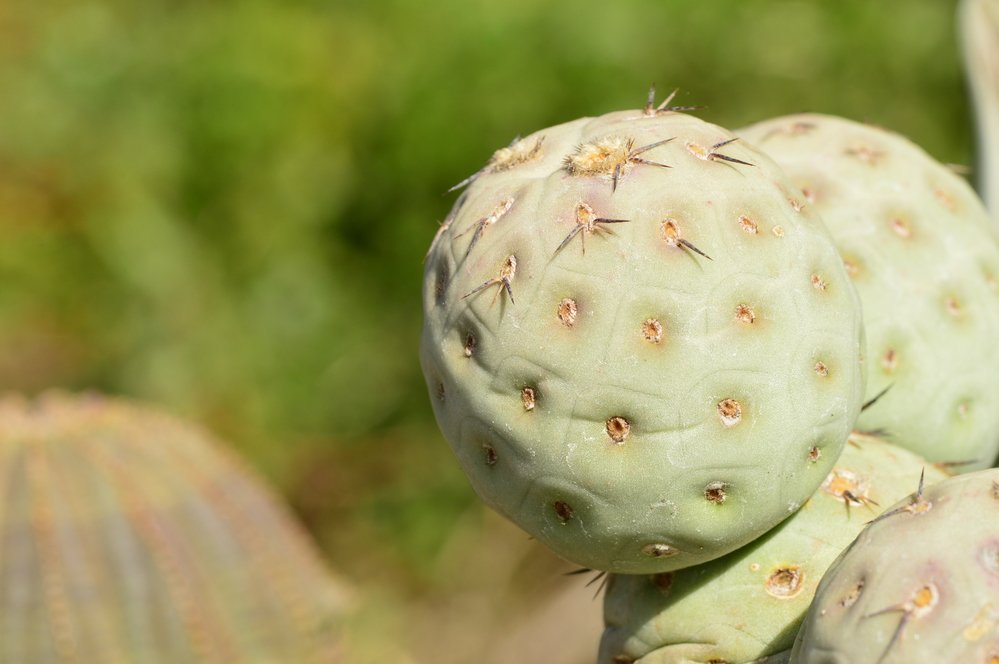Recentemente ho visitato una notevole collezione di opuntie, piante succulente caratterizzate dalla presenza di spine. Il numero di forme che possono avere queste piante è incredibile. Non solo le foglie possono variare in dimensione e forma ma anche le spine e la loro disposizione assumono conformazioni molto varie e interessanti da fotografare.
Devo dire che a casa mia ho una notevole collezione di questa specie di cactacee e, con pazienza e attenzione, la sto rimettendo a posto.
Le operazioni di rinvaso, come potete capire, non sono semplicissime ma devo dire che sto mettendo a punto una tecnica utilissima che prevede una sorta di imbrago della pianta da travasare.
Le spine di queste piante posso assicurarvi che possono essere davvero molto dolorose o, nei migliori dei casi, fastidiose.
Di seguito voglio mostrarvi alcuni esempi che mi sono piaciuti moltissimo.
Sono tantissimi gli estimatori di queste piante, e in generale delle piante grasse e dei cactus. Basta guardare quanti gruppi tematici a loro dedicati sono presenti su Facebook per rendersene conto.
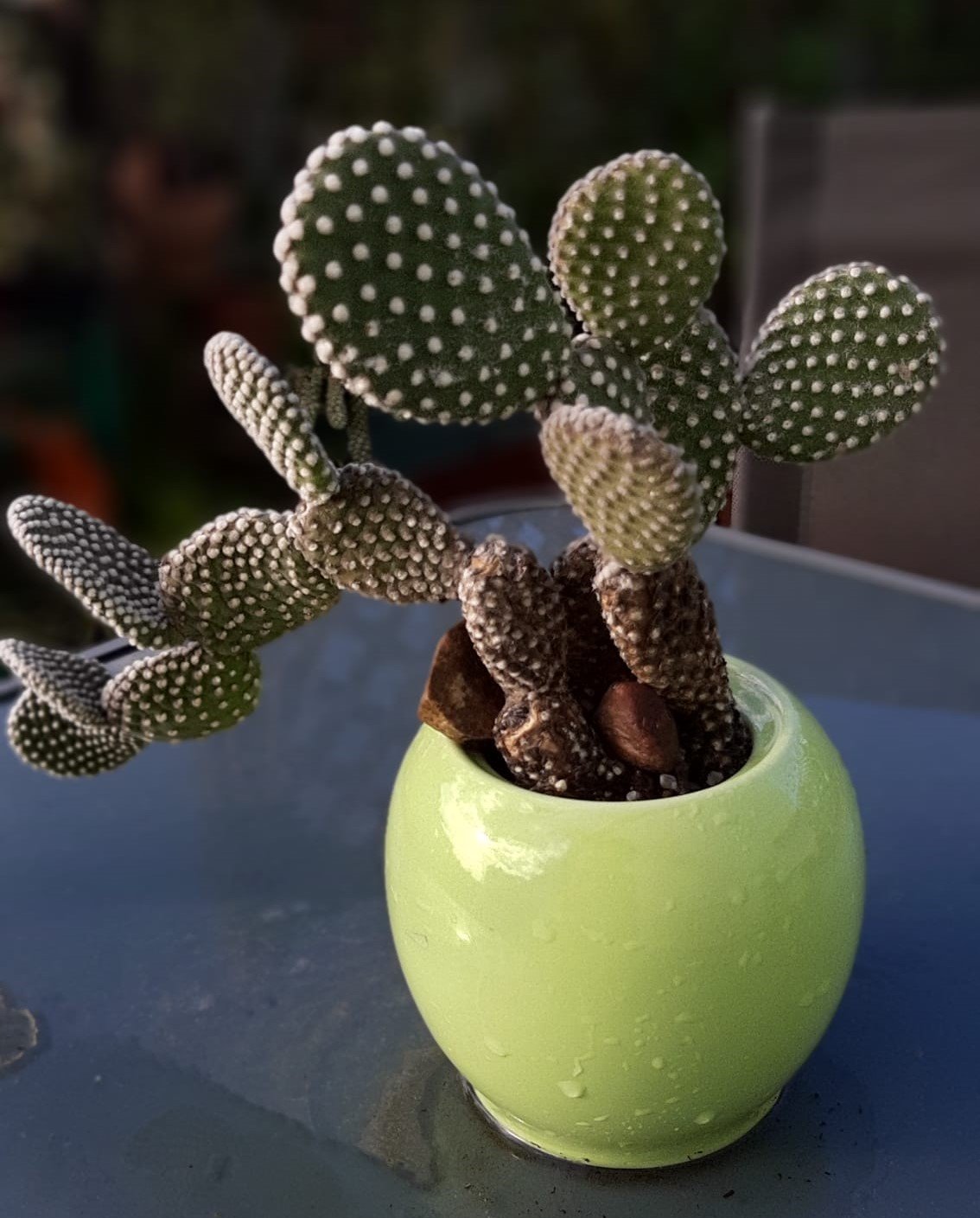
Adoro frequentare questi gruppi perché accanto alla vera e propria passione per queste piante si scoprono degli esemplari straordinari.
Mi piacerebbe vedere queste opuntie in natura ma sono posti troppo lontani per me.
Ma nella mia regione posso vedere in natura i Ficus indica, le tipiche piante di fichi d’India, che ormai si è naturalizzato ed è diventato un elemento integrante del nostro paesaggio mediterraneo.
Il suo frutto poi è buonissimo e in alcune regioni come la Sicilia , commercializzato con grande successo.
Io adoro questi frutti per il loro sapore e per il fatto che sono anche degli ottimi soggetti per le mie foto di light Painting.
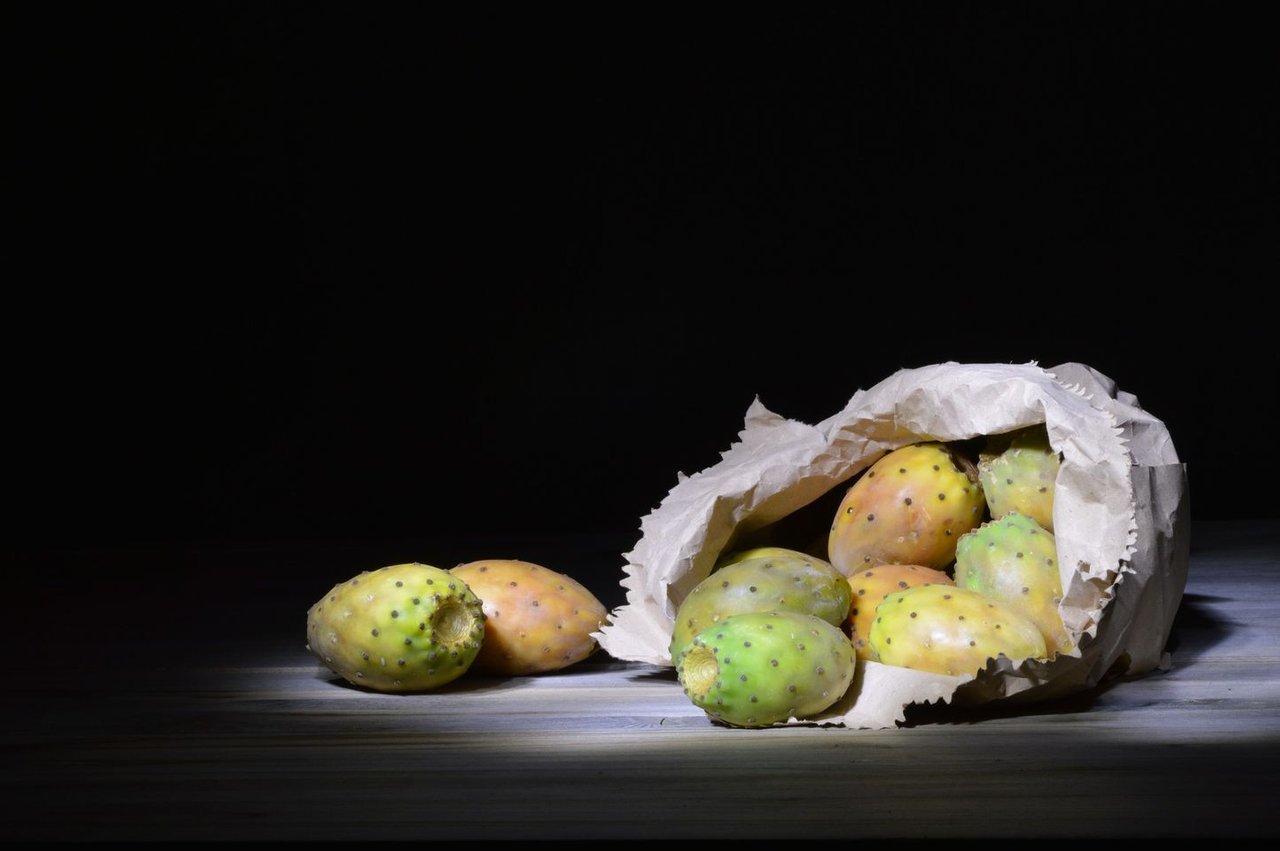
Grazie per aver letto.
I recently visited a notable collection of opuntias, succulent plants characterized by the presence of thorns. The number of forms these plants can have is incredible. Not only can the leaves vary in size and shape but also the thorns and their arrangement take on very varied and interesting conformations to photograph. I must say that I have a notable collection of this species of cactus in my house and, with patience and attention, I am putting it back.
The repotting operations, as you can understand, are not very simple but I must say that I am developing a very useful technique which involves a sort of harnessing of the plant to be repotted.
I can assure you that the thorns of these plants can be very painful or, at best, annoying.
Below I want to show you some examples that I really liked.
There are many admirers of these plants, and of succulents and cacti in general. Just look at how many thematic groups dedicated to them are present on Facebook to realize this.
I love attending these groups because alongside the real passion for these plants you discover extraordinary specimens.
I would like to see these opuntias in nature but they are too far away for me.
But in my region I can see Ficus indica in nature, the typical prickly pear plants, which has now become naturalized and has become an integral element of our Mediterranean landscape.
Its fruit is very good and in some regions such as Sicily, marketed with great success.
I love these fruits for their flavor and for the fact that they are also excellent subjects for my light painting photos.

Thanks for reading.

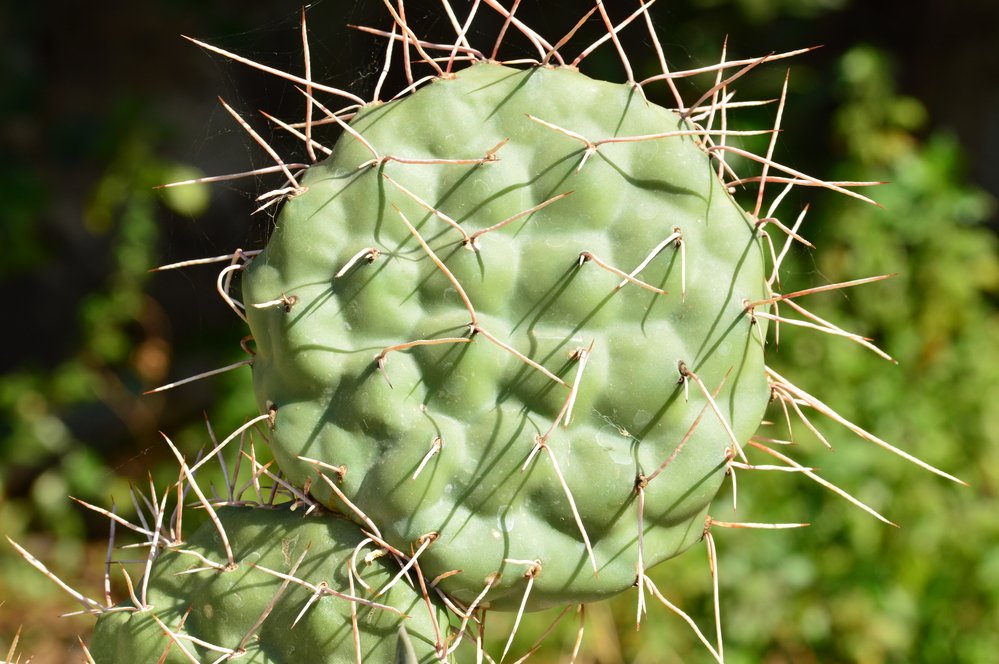
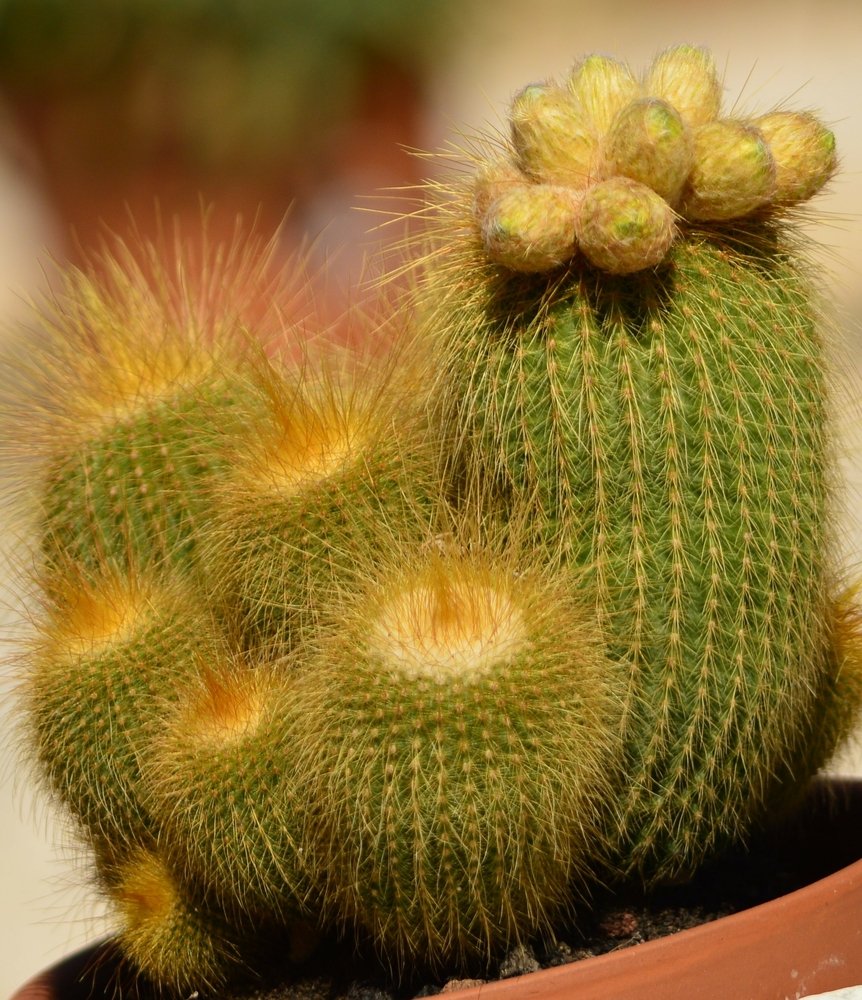
.JPG)
